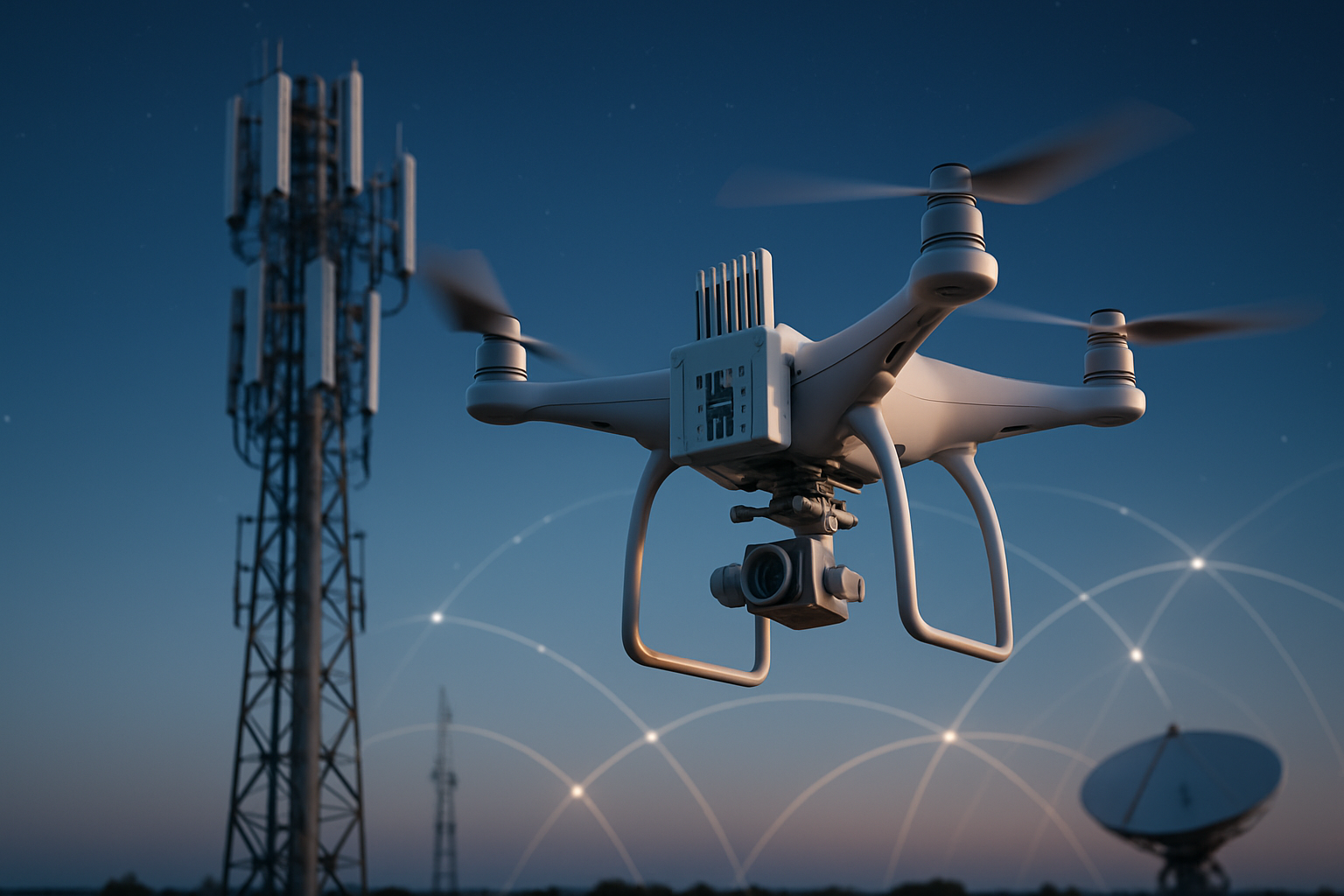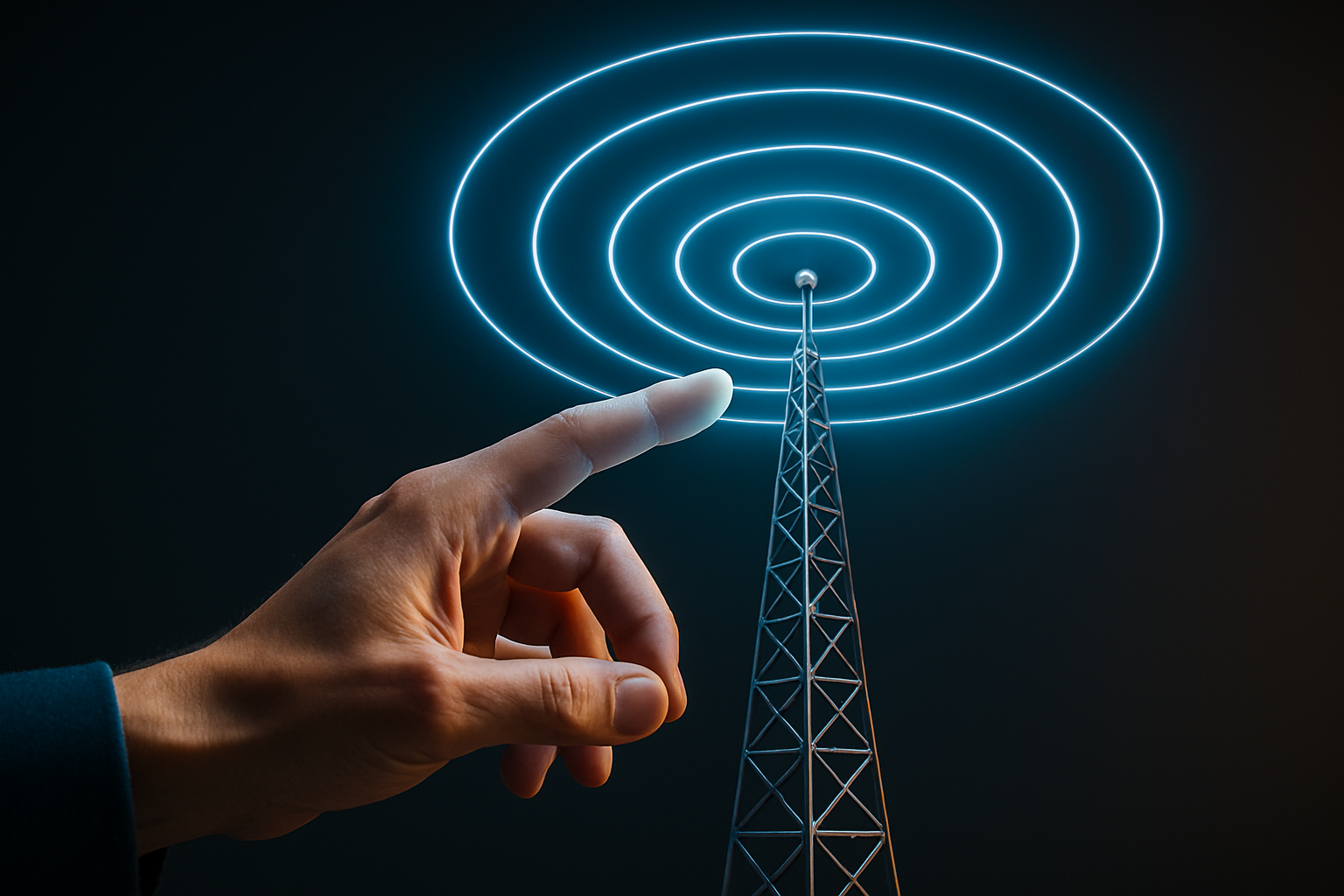Unveiling the Potential of Telecommunication Drones: A New Era of Connectivity
Imagine a world where drones, not satellites or cables, deliver your internet connection. It might sound like science fiction, but it's a reality that's closer than you think. This article will delve into the fascinating world of telecommunication drones, a relatively unexplored area of connectivity that's set to revolutionize the way we communicate.

The Emergence of Telecommunication Drones
The concept of using drones for telecommunications isn’t entirely new. The idea has been around since the early 2000s, but it’s only in the last decade that technological advancements have made it a viable option. Initially, drones were primarily used for military purposes, but their potential for civilian use quickly became apparent. The development of more efficient batteries, lighter materials, and advanced navigation systems have all contributed to the rise of telecommunication drones.
The Current State of the Industry
Today, several companies are exploring the potential of telecommunication drones. These unmanned aerial vehicles (UAVs) can provide temporary network coverage in areas affected by natural disasters or in remote locations where building infrastructure is challenging. They can also supplement existing networks during peak usage times. While the technology is still in its infancy, the potential applications are vast and exciting.
The Impact and Challenges of Telecommunication Drones
The impact of telecommunication drones could be transformative. They offer a flexible, cost-effective solution for delivering connectivity to hard-to-reach areas. However, there are also significant challenges to overcome. Regulatory hurdles, safety concerns, and technical issues such as battery life and signal interference all need to be addressed. Despite these challenges, the potential benefits make it a field worth exploring.
Practical Applications of Telecommunication Drones
Telecommunication drones could be used in a variety of ways. In disaster-stricken areas, they could provide emergency network coverage, enabling vital communication for rescue efforts. In rural or remote areas, they could deliver internet connectivity where it’s currently unavailable or unreliable. They could also be used at large events, such as concerts or sports games, to boost network capacity and prevent service disruptions.
Conclusion
Telecommunication drones represent a fascinating and largely untapped area of connectivity. While there are challenges to overcome, the potential benefits are significant. As technology continues to advance, we may soon see a world where drones play a crucial role in our communication networks. This is just one example of how the telecom industry continues to innovate, pushing the boundaries of what’s possible and shaping the future of connectivity.





